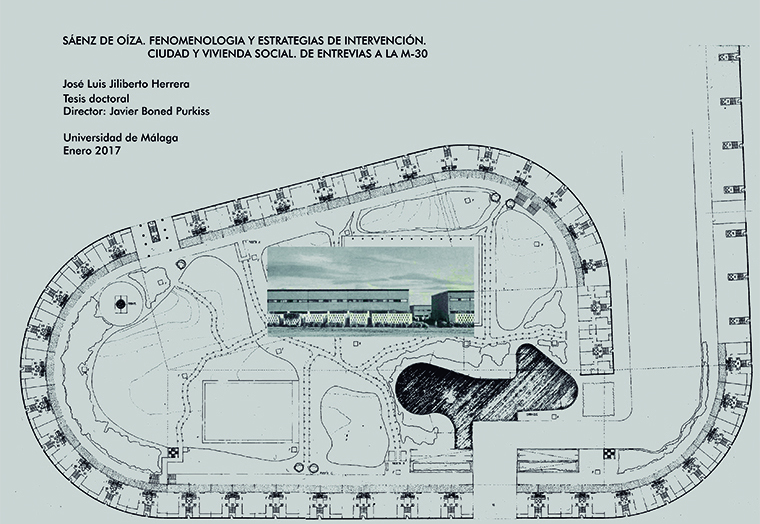We investigate because we are architects who want to understand the world and the way the real happens. We investigate because we want, with architecture, to be part of the course of life of people and cities. We investigate because we want to learn, we investigate because we want to teach.
This research work emerges from this position of teacher, emerges from reflection on the architectural fact and its genesis. Teaching and learning in architecture are indissolubly linked to project practice, we project and projecting we learn, in projecting we are and we grow. And in this task, learning takes place in the act of sharing and talking about the design fact.
Each architect has had a master who has allowed him, in the emotion, to understand what architecture was. Mine, like so many others, was Francisco Javier Sáenz de Oíza, (1918-2000).
In the web of conversations that is a lesson in architectural projects, in a school of architecture, the emotion allows the student to enter into the complex structure of genesis and development of the architectural project.
If emotion is the basis on which a society lives, it is the actions that define emotion and change people's emotions.
The sense of this research is to find those actions that support the development of an architectural project. The complex relationship that the system of creation of architecture establishes with society, the way in which one and the other relate and enter into harmony or indifference.
This process by which architecture gives shape to the city and the habitat of human beings, and in which the habitat of these human beings gives shape to architecture, finds in Sáenz de Oíza an actor with an inexhaustible intellectual and creative capacity, at the service of that essential dialogue between architecture and human beings.
Sáenz de Oíza constructs from emotion and rational understanding, from intellectual understanding and the emotional embrace of the architectural project, a task and a unique and heterodox architectural proposal, in which he tries to embrace the totality of the world he faces in each project.
This research work covers, around two of his projects, the path, the process in which they were generated, trying to find the keys to their work and that which they have as a learning model, the way in which they relate to current systems of thought, analysis of reality and their work.
The research focuses on two works by Sáenz de Oíza thirty years apart.
In 1956, the Comisaría General de Urbanismo commissioned the team formed by Oíza, Sierra y Alvear to carry out the project of the Poblado dirigido de Entrevías, 2,108 dwellings built in three phases, plus the Minimum Village.
In 1986, the Department of Territorial Planning decided in favour of Sáenz de Oíza the competition of ideas for the development of the block next to the M-30. A linear block for 400 dwellings.
This research work also seeks to reveal the project strategy of Oíza, through the detailed study of the way in which it faces this project reality of the construction of the city in two projects so distant in time.
Throughout the research work we have discovered that Saenz de Oíza's project process could be defined as an open, phenomenological process, in which the result is the fruit of observation and the process of project research developed, of the ideas, strategies and knowledge that have been incorporated into it.





